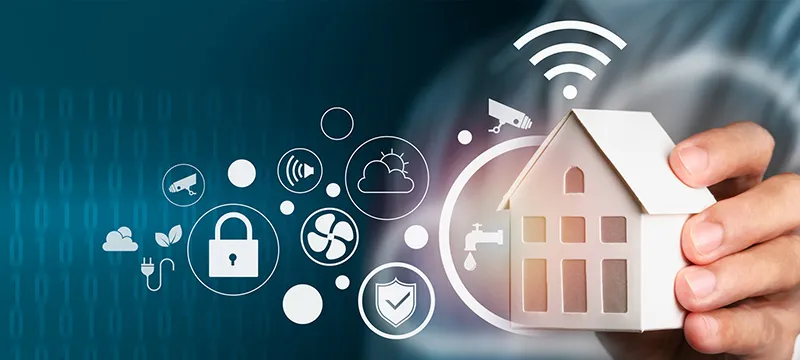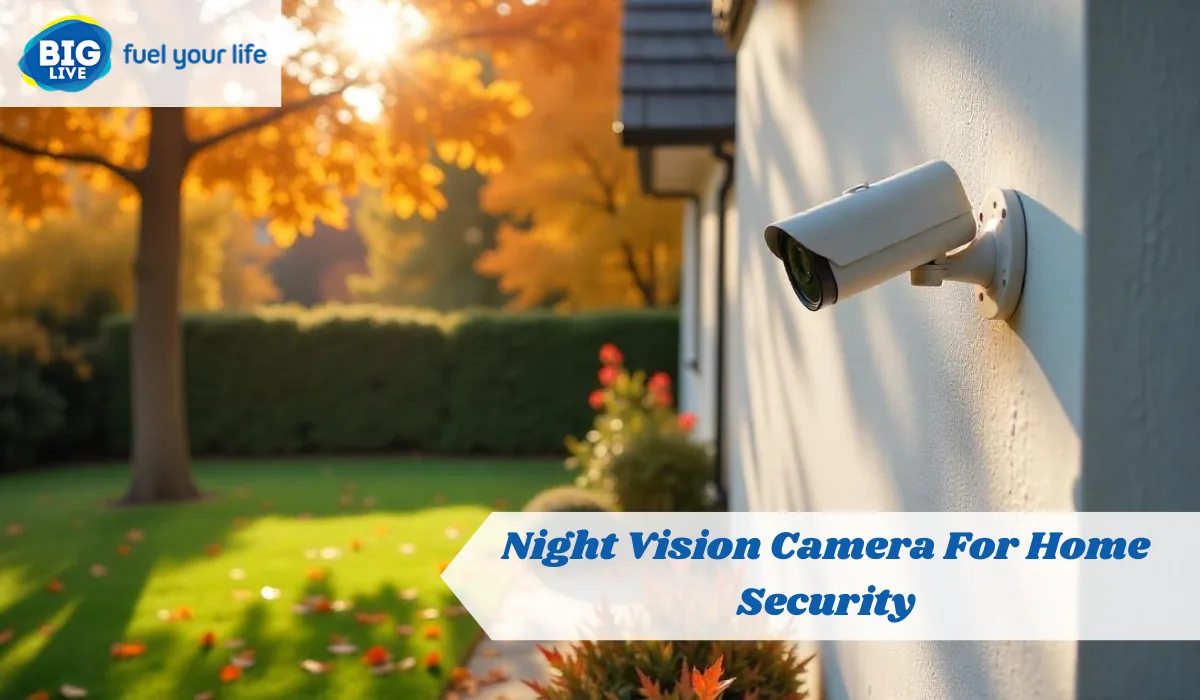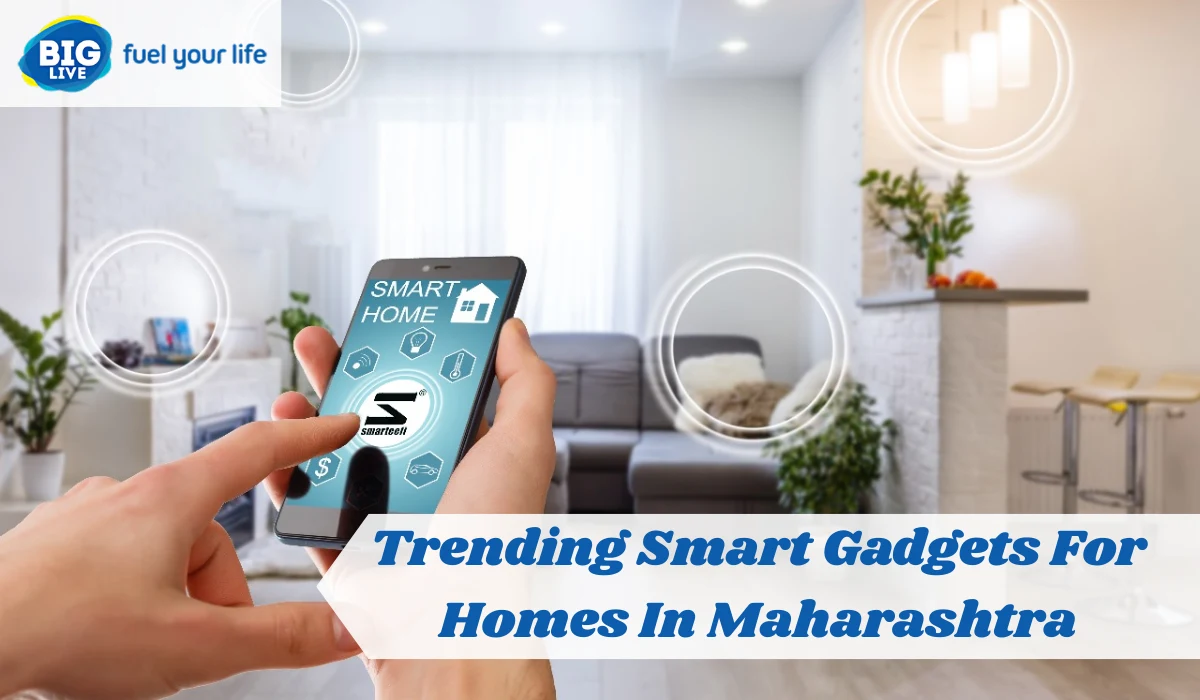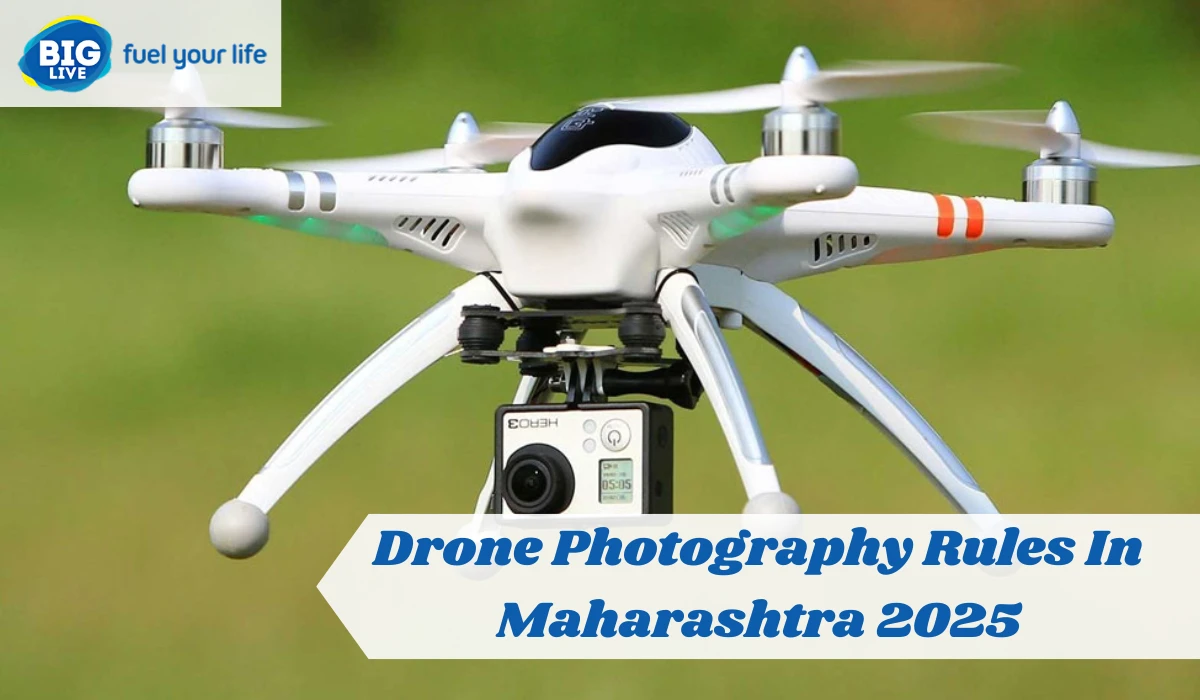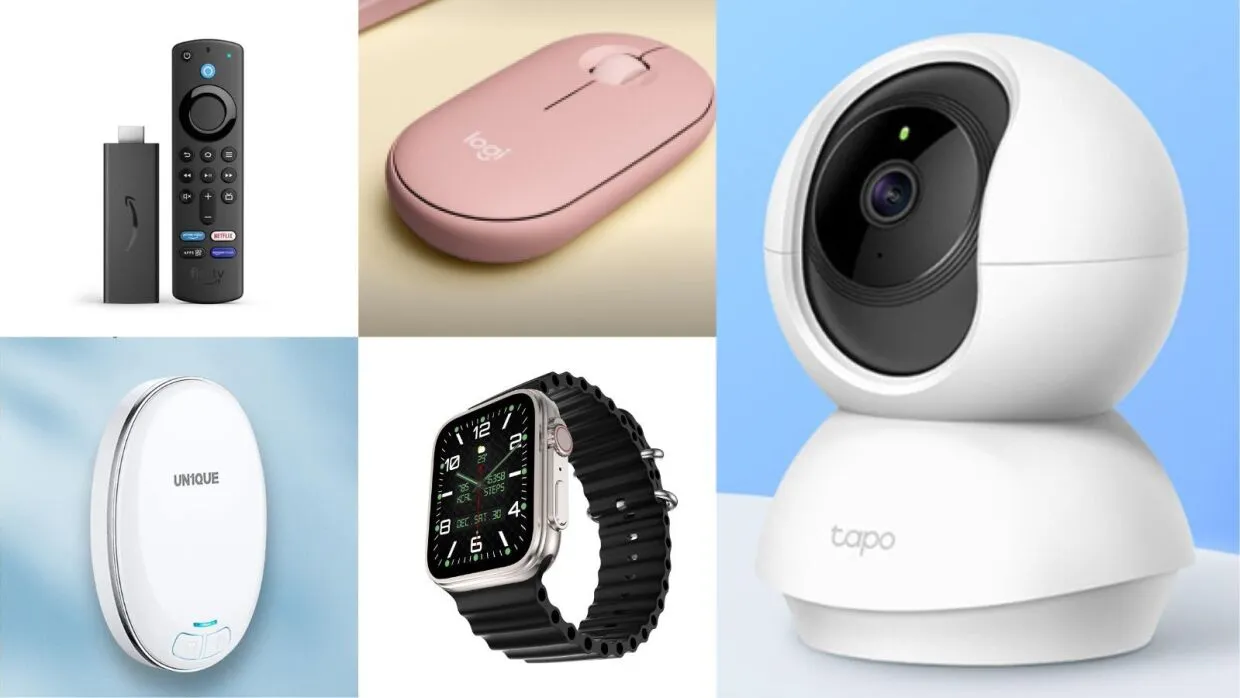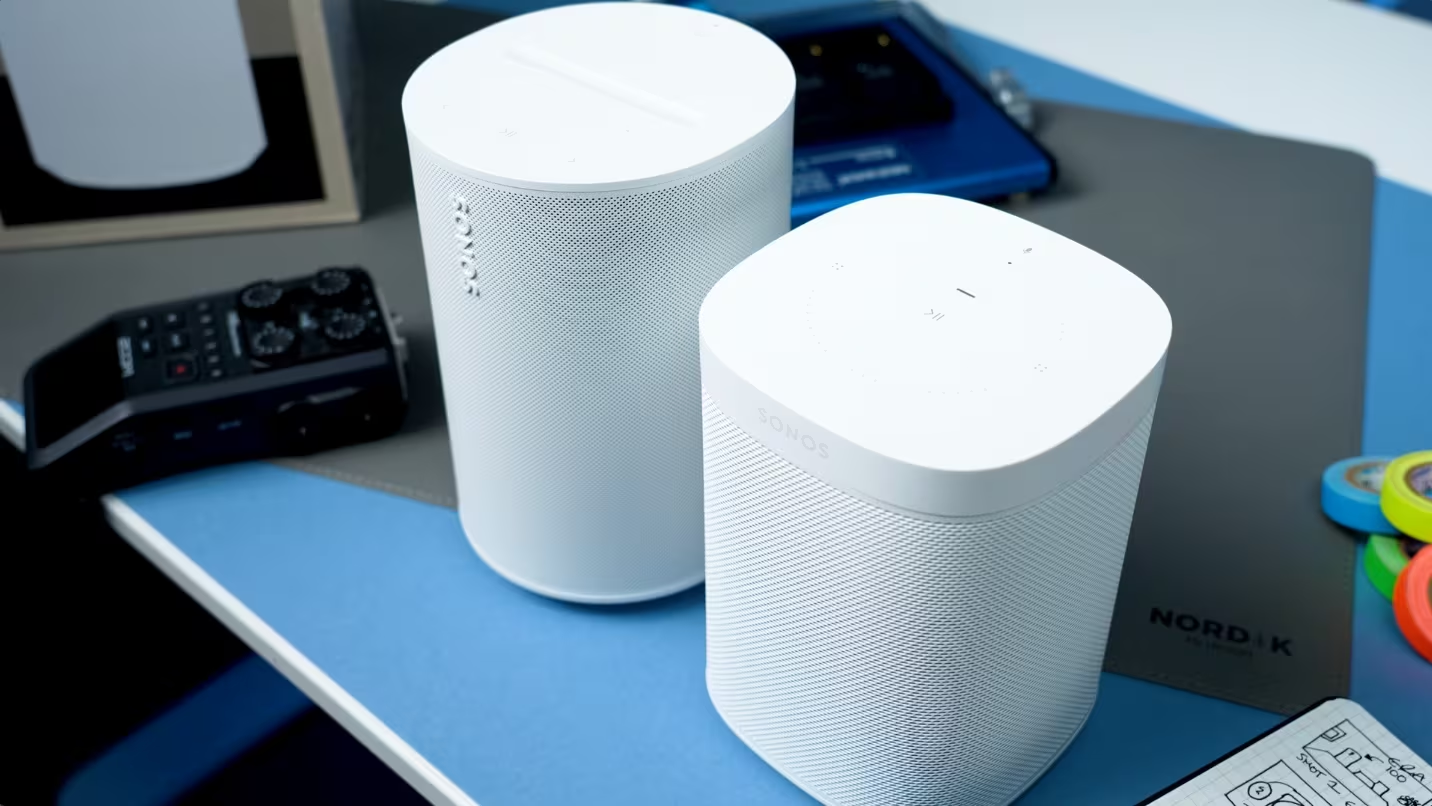I never thought I'd become the person who talks to my house. But here I am, telling my lights to dim, asking my thermostat about the temperature, and getting alerts from my doors. It all started when I discovered smart sensors for home automation. Let me share my journey and help you understand why these tiny devices are revolutionizing how we live.
What Are Smart Sensors For Home Automation?
Think of smart sensors as the eyes and ears of your home. They watch, listen, and feel everything happening around them. Then they send this information to your phone or smart hub. It's like having a friend who never sleeps and always keeps you updated about your house. I remember my first smart sensor. It was a simple motion detector that cost less than a pizza. When I placed it in my hallway, it started turning lights on automatically when I walked by. That small moment made me realize how powerful these devices could be. Smart sensors for home automation come in many types. Some detect movement, others measure temperature, and many can sense when doors open or close. The best part? They work together like a team to make your home smarter and safer.
How Do These Amazing Devices Work?
Smart sensors use different technologies to gather information. Motion sensors use infrared light to detect heat from moving objects. Temperature sensors measure how hot or cold a room gets. Door sensors use magnets to know when something opens or closes. All this data gets sent to a central hub or directly to your smartphone through WiFi or other wireless connections. You can then set up rules like "turn on the porch light when someone approaches the door" or "send me a message if the basement gets too cold."
Why I Chose Smart Sensors For Home Automation Over Traditional Systems
Before smart sensors, I had a basic alarm system that only worked when I remembered to set it. The old system was loud, complicated, and often gave false alarms. When my neighbor's cat triggered it at 3 AM, I knew something had to change. Wireless smart sensors for home automation offered me something different. They were quiet, smart, and could learn my daily patterns. Instead of just making noise, they actually helped me understand what was happening in my home. The installation was surprisingly easy too. Most sensors stick on with adhesive or screw in with just two screws. No wires to run through walls or electricians to hire. I had my whole system up and running in one weekend.
The Real Benefits I Discovered
Energy savings became obvious within the first month. My smart temperature sensors helped me realize that my upstairs rooms were always too hot in summer. By adjusting my cooling zones, I cut my electricity bill by 20%. Peace of mind was even more valuable. When I traveled for work, I could check on my home anytime. The sensors would tell me if someone entered, if the temperature changed suddenly, or if I forgot to close a window.
Types of Smart Sensors For Home Automation That Actually Work
Motion and Occupancy Sensors
Motion sensors became my favorites quickly. I placed them in every room to automate lighting. Now lights turn on when I enter and off when I leave. No more walking into dark rooms or forgetting to turn off lights. Occupancy sensors are smarter than basic motion detectors. They can tell the difference between a person and a pet. This means fewer false alarms and more accurate automation. I use motion sensors in my garage, basement, and even closets. The convenience of automatic lighting is something you don't realize you need until you have it.
Temperature and Humidity Monitoring
Temperature sensors help me maintain perfect comfort in every room. I have them in my bedroom, living room, and even my wine storage area. Each sensor reports back to my phone, so I always know the exact conditions. Humidity sensors proved essential in my bathroom and basement. They prevent mold growth by alerting me when moisture levels get too high. In winter, they help me know when the air gets too dry. These sensors work great with smart thermostats and humidifiers. The whole system adjusts automatically to keep conditions just right.
Door and Window Sensors
Door sensors give me incredible peace of mind. I know instantly if any door or window opens, whether I'm home or away. The sensors are tiny and barely visible once installed. Window sensors helped me discover that my teenage son was sneaking out at night. Instead of getting angry, we had a good conversation about safety and trust. I also use these sensors to automate my home. When the front door opens, it triggers a welcome routine that turns on lights and adjusts the temperature.
Water Leak Detection Sensors
Water sensors saved me from a major disaster last winter. A pipe under my kitchen sink started leaking slowly. The sensor caught it before water damage could spread to my hardwood floors. These sensors are small, wireless, and incredibly sensitive. I placed them near my water heater, under sinks, and behind my washing machine. The peace of mind is worth every penny. When a sensor detects water, it immediately sends alerts to my phone and can even shut off the main water supply automatically.
Best Smart Sensors For Home Automation In India
Living in India brings unique challenges for home automation. High temperatures, monsoon seasons, and power fluctuations can affect sensor performance. Through trial and error, I found sensors that work reliably in our climate. Best smart sensors for home automation in India need to handle extreme weather. Summer temperatures can reach 45°C, while monsoons bring high humidity. The sensors I recommend have proven themselves through multiple seasons.
Top Sensor Brands That Work in Indian Conditions
Xiaomi sensors offer excellent value for money. Their temperature and humidity sensors work perfectly in Indian weather. I've been using them for two years without any failures. Philips Hue motion sensors integrate well with existing smart lighting systems. They're more expensive but offer superior reliability and features. TP-Link Kasa sensors provide good middle-ground options. They're affordable, reliable, and work with most smart home platforms popular in India.
Local vs International Brands
International brands often offer better features and longer warranties. However, local brands understand Indian conditions better and provide faster customer support. I mix both types in my setup. For critical areas like water leak detection, I use international brands. For general automation like lighting, local brands work perfectly fine. Support and availability matter a lot. Choose brands that have service centers in your city and readily available replacement parts.
Setting Up Your First Smart Sensors For Home Automation System
Starting with smart sensors felt overwhelming at first. There are so many options and technical terms. But I learned that beginning small and growing gradually works best. My advice is to start with one room and one type of sensor. Master that setup before expanding. This approach helped me avoid mistakes and understand how everything works together.
Planning Your Smart Home Layout
I mapped out my home on paper first. I marked where I wanted each type of sensor and thought about what I wanted to automate. This planning prevented me from buying duplicate sensors or missing important areas. Consider your daily routines when planning. Where do you walk most often? Which rooms have temperature issues? What areas need security monitoring? Answer these questions before shopping. Power sources matter too. Some sensors use batteries, others plug into outlets. Plan your layout considering where power is available and how often you want to change batteries.
Wireless Smart Sensors For Home Automation Installation Tips
Most wireless sensors install in minutes. Clean the surface first, peel off the adhesive backing, and stick them in place. For screw-mounted sensors, use the included template for perfect positioning. Height matters for motion sensors. Install them 7-8 feet high for best coverage. Avoid pointing them at heat sources like radiators or direct sunlight. Door and window sensors need proper alignment. The two pieces should be close together when the door is closed. Test each sensor after installation to ensure reliable operation.
Connecting Everything Together
Smart hubs make connecting multiple sensors easier. Popular options include Samsung SmartThings, Hubitat, and Amazon Echo Plus. These hubs let different sensor brands work together. WiFi-based sensors connect directly to your router. This approach works well for small setups but can overwhelm your network with too many devices. I use a combination approach. Critical sensors connect through a dedicated hub for reliability. Less important sensors connect directly to WiFi for simplicity.
Smart Sensors For Home Automation India - Market Trends and Availability
The Indian smart home market is growing rapidly. More brands are launching products specifically designed for Indian conditions. Prices are dropping as competition increases. Local retailers are starting to stock smart sensors regularly. Online platforms offer the widest selection, but local stores provide hands-on support and immediate availability.
Where to Buy in India
Amazon India offers the largest selection of smart sensors. They have regular sales and good return policies. However, verify that products have Indian warranties and support. Flipkart provides competitive pricing and faster delivery in many cities. Their installation services can help with more complex setups. Local electronics stores are becoming more knowledgeable about smart home products. They offer personalized advice and immediate support when issues arise.
Pricing Trends and Budget Planning
Basic sensors start from 500-1000 each. Professional-grade sensors cost 2000-5000. Complete starter kits range from 5000-15000 depending on included components. Budget 10000-20000 for a basic whole-home sensor system. This includes motion sensors for main areas, door sensors for entrances, and temperature sensors for bedrooms. Watch for festival sales and end-of-year clearances. I've found sensors at 30-50% discounts during major shopping events.
Common Problems and How I Solved Them
Battery Life Issues
Battery-powered sensors eventually need replacement batteries. I learned to check battery levels monthly and keep spares on hand. Some sensors last over a year, others need attention every 3-4 months. Rechargeable sensors solve this problem but cost more upfront. For frequently triggered sensors like motion detectors in hallways, rechargeable options make sense. Cold weather reduces battery life significantly. Sensors in air-conditioned rooms or near windows may need more frequent battery changes.
Connectivity Problems
WiFi sensors sometimes lose connection when the router reboots or updates. I solved this by creating a dedicated 2.4GHz network just for smart home devices. Distance from the router affects reliability. Sensors more than 50 feet away may need WiFi extenders or mesh network systems for stable connections. Interference from other devices can cause problems. Microwave ovens, baby monitors, and some LED lights can disrupt sensor signals.
False Alarms and Sensitivity Issues
Motion sensors sometimes trigger from pets, moving curtains, or heating vents. Adjusting sensitivity settings and sensor positioning usually fixes these issues. Door sensors may trigger from vibrations or settling. Ensuring proper alignment and using quality sensors reduces false alarms significantly. Temperature sensors can give incorrect readings near heat sources or in drafty areas. Relocating sensors away from these influences improves accuracy.
Advanced Smart Sensor Automation Ideas
Once basic sensors work well, advanced automation becomes possible. I created routines that make my home feel truly intelligent and responsive.
Creating Smart Routines
My morning routine starts when motion sensors detect me getting up. Lights gradually brighten, the coffee maker starts, and temperature adjusts automatically. This gentle wake-up improved my mornings significantly. Evening routines reverse the process. As occupancy sensors detect less activity, lights dim, temperature lowers, and security sensors activate. The house prepares itself for night without my intervention. Weather-based routines use outdoor temperature sensors to adjust indoor climate control. On hot days, cooling starts earlier. On mild days, fans run instead of air conditioning.
Integration with Voice Assistants
Connecting sensors to Alexa or Google Assistant adds voice control. I can ask about any room's temperature or whether doors are locked. Voice commands also let me temporarily disable sensors when needed. Voice assistants can announce sensor alerts. Instead of just phone notifications, Alexa tells me "Front door opened" or "Basement temperature is low." This audio feedback is especially helpful when I'm busy cooking or working.
Smart Security Combinations
Combining different sensors creates powerful security systems. Motion sensors, door sensors, and cameras work together to provide complete coverage. I set up zones with different sensitivity levels. Public areas like living rooms have relaxed settings during the day. Private areas like bedrooms maintain high security all the time. Vacation mode activates all sensors and sends immediate alerts for any activity. The system can also simulate occupancy by randomly turning lights on and off.
Future of Smart Sensors For Home Automation
Smart sensors are becoming smaller, smarter, and more affordable every year. New sensors can detect air quality, sound levels, and even presence of specific gases. Artificial intelligence is making sensors more predictive. Instead of just reacting to events, future sensors will anticipate needs and prepare responses automatically. Energy harvesting technology may eliminate battery changes entirely. Sensors that power themselves frm light, vibration, or temperature differences are already in development.
What's Coming Next
Multi-function sensors combine several detection capabilities in single devices. One sensor might monitor temperature, humidity, light levels, and air quality simultaneously. Edge computing allows sensors to process data locally instead of sending everything to the cloud. This improves response times and works even when internet connections fail. Interoperability standards like Matter are making sensors from different brands work together seamlessly. This eliminates the need to stick with single ecosystems.
My Final Thoughts on Smart Sensors For Home Automation
Smart sensors for home automation transformed my house into a responsive, intelligent environment. The convenience, energy savings, and peace of mind justify every rupee spent. Start small, learn gradually, and expand thoughtfully. Don't try to automate everything at once. Focus on solving real problems and improving daily routines. The technology will continue improving, but current sensors already provide tremendous value. Whether you're building a new home or upgrading an existing one, smart sensors make life better in countless small ways. Choose quality products from reputable brands. Invest in proper installation and take time to learn the systems. With patience and planning, your smart sensor network will serve you reliably for years to come. The future of home automation is here, and it starts with smart sensors. Take the first step, install your first sensor, and discover how technology can make your daily life easier, safer, and more comfortable.


